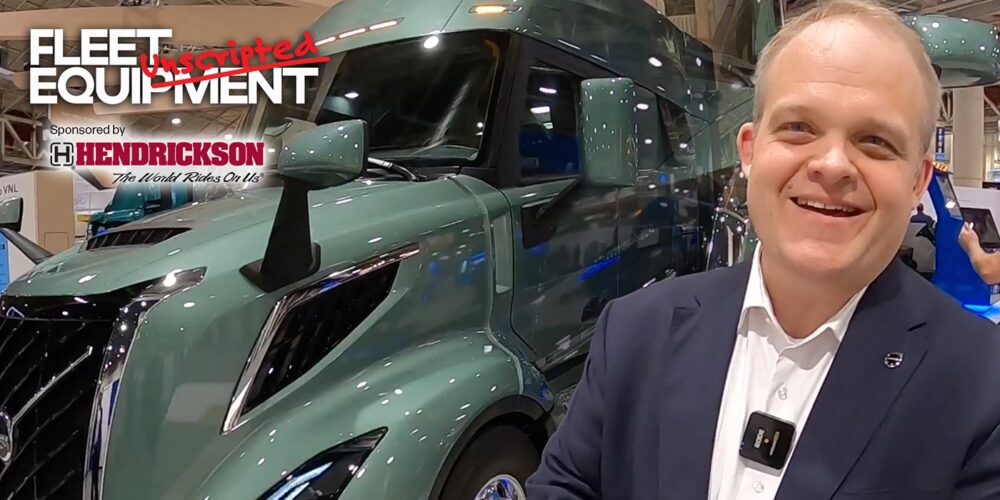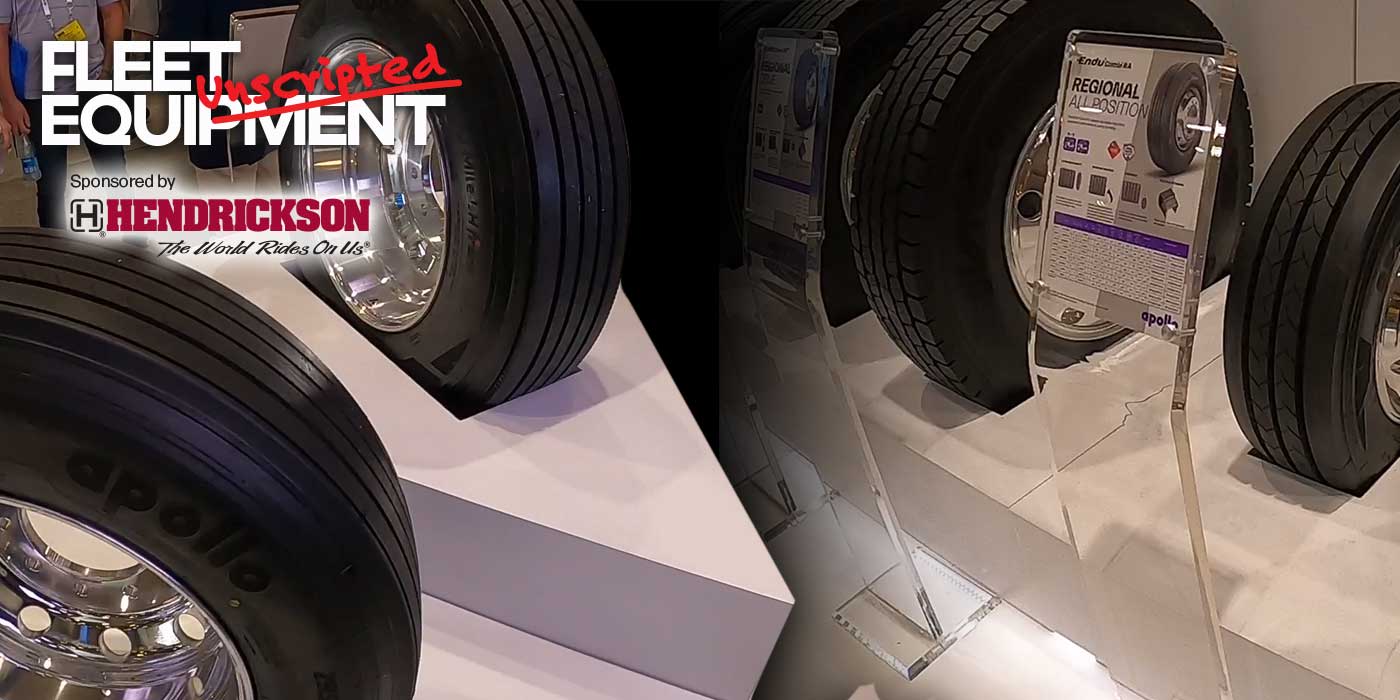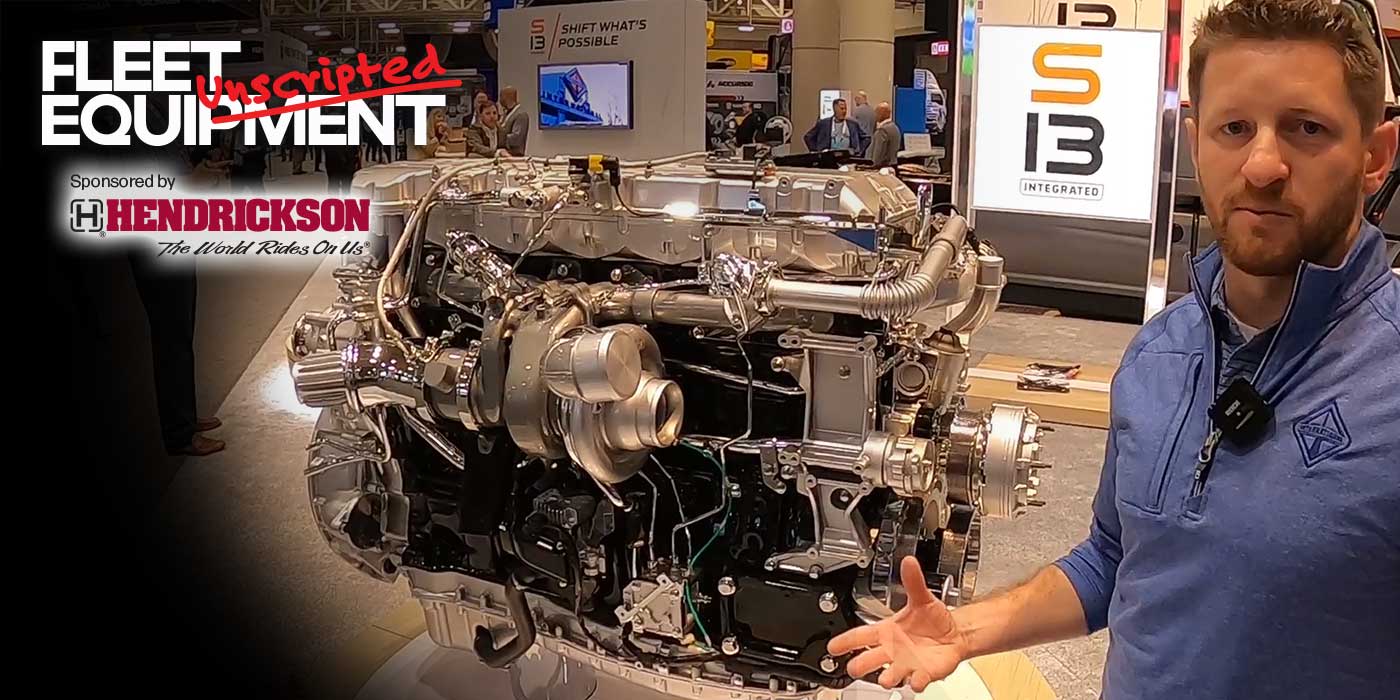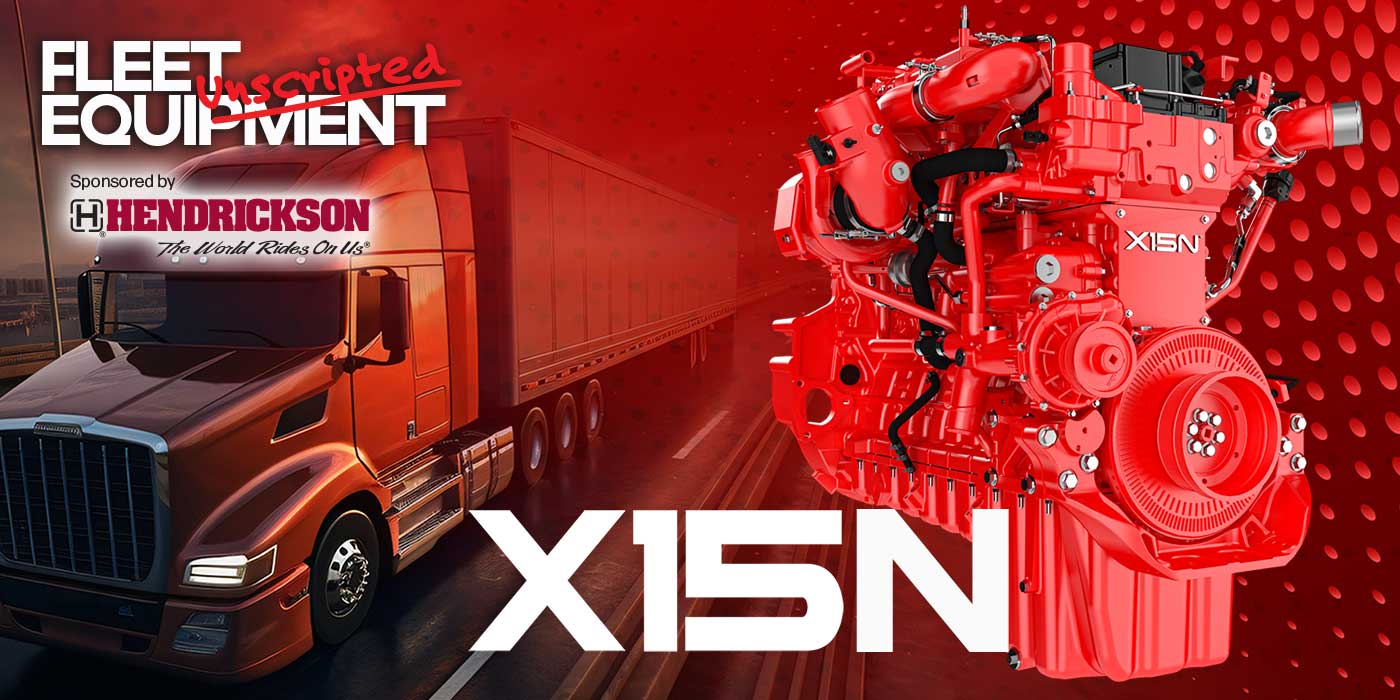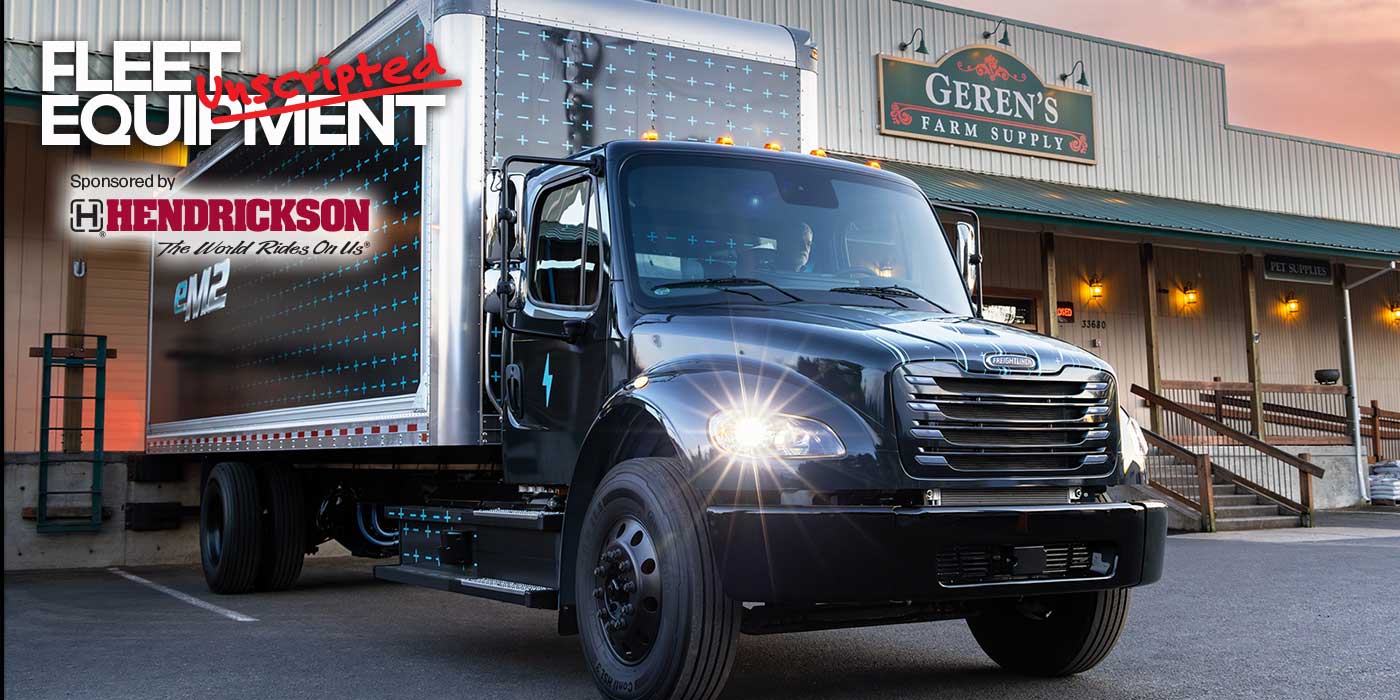It’s true. Six-by-two axle configurations are not a go-to spec for all highway applications. However, it’s also true that 6×2 axle configuration equipment technology has advanced to provide more reliable traction when needed. These aren’t the 6×2 configurations of yesteryear. Mark Williamson, manager of product marketing and tech services, truck commercial vehicle systems at Hendrickson, noted the resurgence of 6×2 interest in 2014 and quickly pointed to two technologies that make today’s 6×2 configs with liftable axles different: automatic traction control and ABS.
“Without those technologies, we would not have a technology like Optimaax,” he said, referencing Hendrickson’s liftable axle which is in the forward position in a 6×2 configuration that puts the driven axle right behind the fifth wheel. “When the system detects wheel slip, we have the ability to load bias. If you’re in a wheel slip situation, it’s not instantaneous, but we can bias the load to put up to the the rated axle capacity load on the driven axle.”
For instance, say your axles are loaded with 12,000 lbs. on the steer and 17,000 lbs. on each axle. The system can shift the load to 12,000 lbs. on the steer, 14,000 lbs. on the tag axle, and 20,000 lbs. on the driven axle to provide the needed traction.
Wrapping your head around that shift in 6×2 axle configuration capability is what it would take to be able to realize the increased efficiency and operation benefits a lift axle could provide in highway applications—though of course, not all highway applications. Diminishing loads and empty backhauls are the primary targets, but there’s more efficiency gains than meet the eye when it comes to lift axles in 6×2 configurations. Sure, there is the expected reduced tire wear, axle weight savings and assumed fuel efficiency that those configurations provide, but there’s also the potential for toll savings.
“If a fleet is running empty or lightly loaded enough to lift the axle one direction, they can provide toll savings,” Williamson confirmed. “The key way to do that with a vehicle equipped with an Optimaax axle, for example, is to spec your tractor with the minimum number of axles on the ground.”
As to why that is and then how to properly register the truck to achieve those toll savings, you’ll have to watch the video above for all of Williamson’s insight.

No script? No plan? No problem. Welcome to Fleet Equipment Unscripted—the video interview series that connects you with the greatest minds in the heavy-duty trucking world. Fleet Equipment Unscripted is sponsored by Hendrickson.





